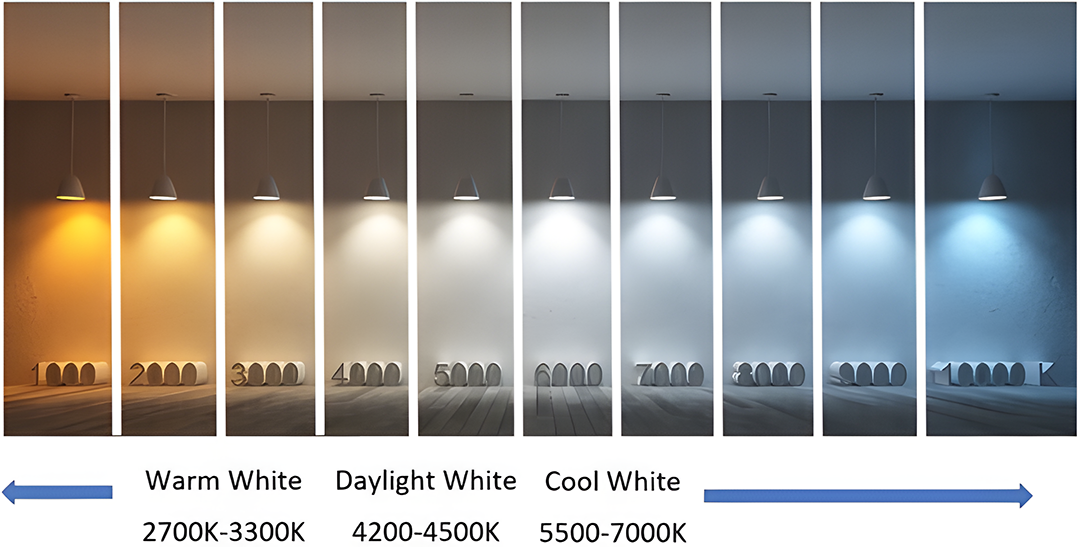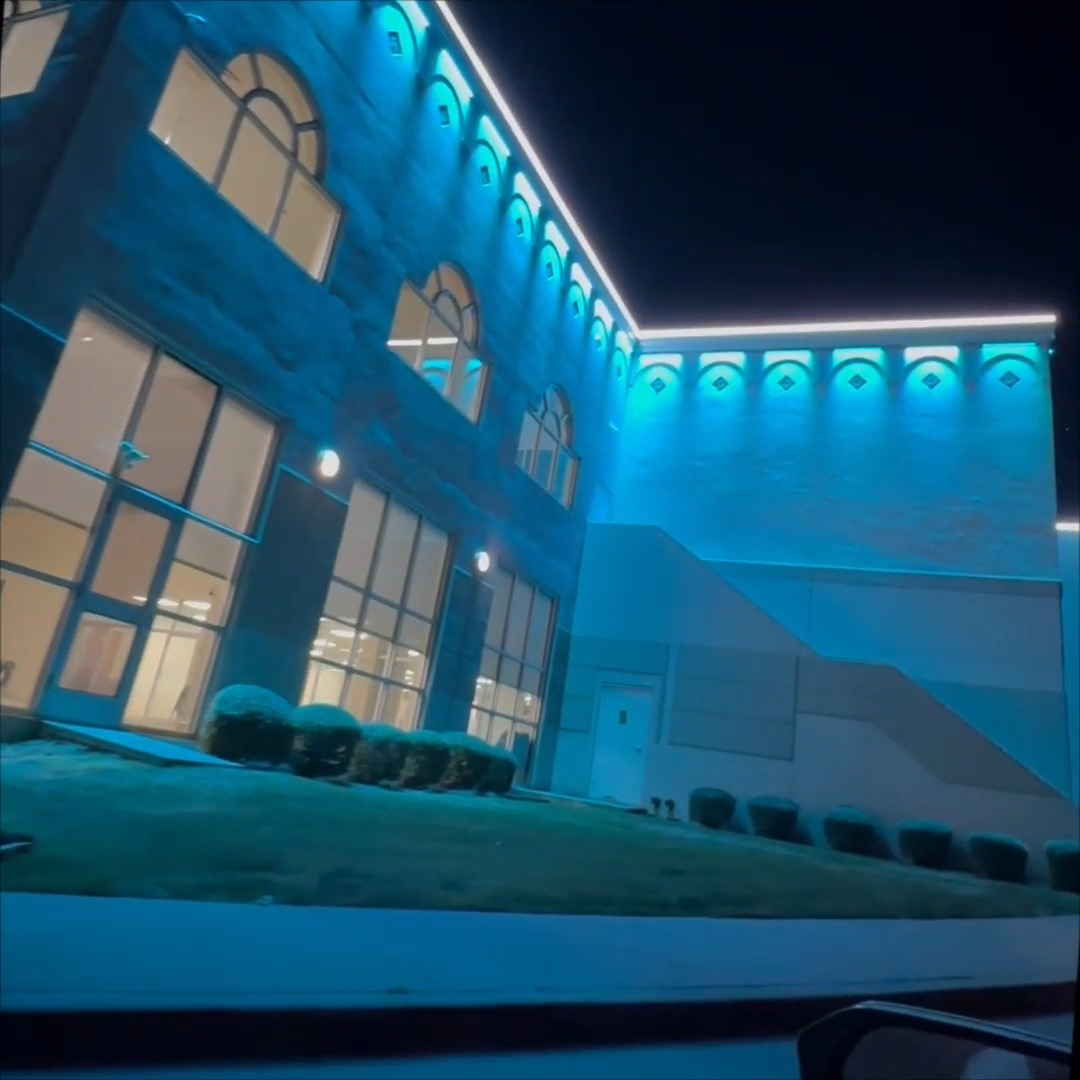The Original Manufacturer Of LED lighting
 RioTinto
RioTinto  2025-11-24
2025-11-24
When creating lighting for an area, directing light onto walls is a commonly used strategy. This approach removes dark spaces, and strategically positioned wall lighting adds warmth and enhances architectural features.
Wall grazers and wall washers are two essential lighting technologies for outdoor lighting solutions. Mastery of illumination relies on comprehending the distinctions between wall washers and wall grazers.
1.Beam Angle
Wall grazers possess very narrow beam angles of approximately 5°, concentrating intensely on textures. In contrast, wall washers utilize wider angles, typically exceeding 20°, to achieve uniform illumination. This differentiation between wall grazers and wall washers is essential for identifying application scenarios that prioritize local details or provide comprehensive uniform lighting.

2.Light Direction
Wall grazers emit light sharply, highlighting surface details, which is ideal for their specific lighting applications. Conversely, wall washers distribute light uniformly, making them suitable for both interior and outdoor wall wash lighting, resulting in a gentle glow on expansive surfaces.
3.Coverage Span
Wall grazers provide concentrated coverage, accentuating architectural features. Wall washers, however, cover larger areas, making them appropriate for outdoor settings and spaces that require broad, even illumination.
4.Intensity Variation
The intensity of wall grazers is greater at the point of impact, producing dramatic effects that are ideal for showcasing architectural textures and artwork. The focused beams significantly highlight visual details, creating vibrant illumination and interactions of light and shadow that enhance walls with striking embellishments. Wall washers, on the other hand, maintain a consistent intensity, making them perfect for wall wash landscape lighting, ensuring even light distribution across extensive surfaces.
5.Shadow Play
Wall grazers emit angled light that creates pronounced shadows, enhancing surface textures and contributing depth to architectural elements.
Wall washers, on the other hand, feature a broader beam angle that evenly illuminates the wall with soft, diffused light. This characteristic helps to reduce shadows, which is essential for LED wall washer installations in uniformly lit spaces.
6.Mounting Height
Typically, wall grazers are installed at a lower height, allowing them to emphasize particular details. Conversely, wall washers are generally positioned higher, enabling them to cover larger areas for illuminating extensive outdoor walls.
7.Illumination Focus
Wall grazers are designed to highlight specific architectural features. In contrast, wall washer lights offer general illumination, providing a gentle, even light that spreads across the wall.
8.Color Temperature
Wall grazers frequently utilize warmer color temperatures to enhance textures. In comparison, wall washers use cooler temperatures to achieve a more consistent appearance, which is vital in applications such as RGB wall washers and LED wall washer lights.

9.Glare Control
Wall washers are engineered to reduce glare through significant diffusion over wide wall sections. In contrast, wall grazers concentrate light in narrow hot spots that can produce bright glare if not properly directed.
Selecting and positioning fixtures correctly is crucial for managing potential glare.
10.CRI Differences
Given the focused beams of wall grazers, a high Color Rendering Index (CRI) is essential for accurately revealing intricate textures without color distortion.
Meanwhile, wall washers emphasize smooth uniformity across expansive areas, so utilizing cooler LEDs with a high CRI helps to avoid uneven light distribution.
11.Application Scope
Wall grazers possess a more limited application scope compared to wall washers. They are ideal for accentuating specific textured wall areas and highlighting artistic architectural features. In contrast, wall washers are capable of illuminating wide horizontal surfaces, thus offering a broader application range.

12.Energy Consumption
Wall grazers typically utilize less energy. These fixtures often highlight specific wall sections, resulting in a reduced lighting load.
Employ lower-wattage LEDs or floodlights to attain spotlight brightness. In contrast, wall washers generally consume more energy, necessitating a greater lighting load to ensure uniform illumination across an expansive area.
Rio Tinto IP67 rated ETL Listed DMX RGBW wall washer lighting solutions will enrich your life and buildings.
 SZRIOTINTO-LIGHTING COMPANY
SZRIOTINTO-LIGHTING COMPANY
Welcome to SZriotinto , your source for all illumination solutions.
We're dedicated to giving you the very best of outdoor lighting experience, with a focus on illumination design, lighting planing and executing of the lighting projects.